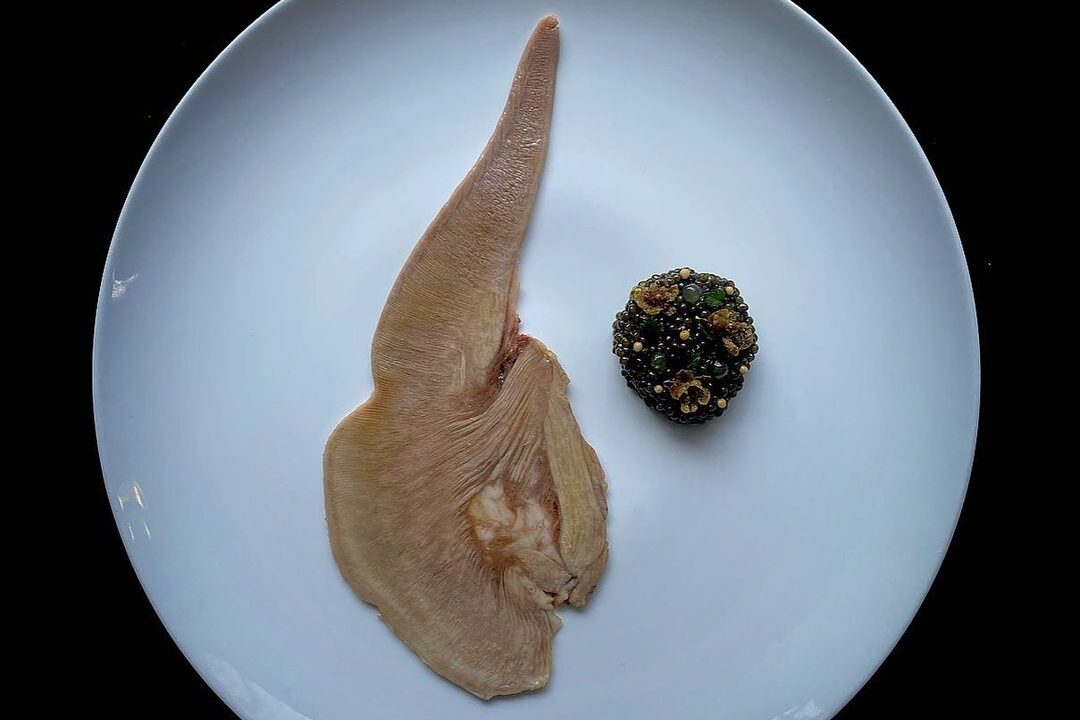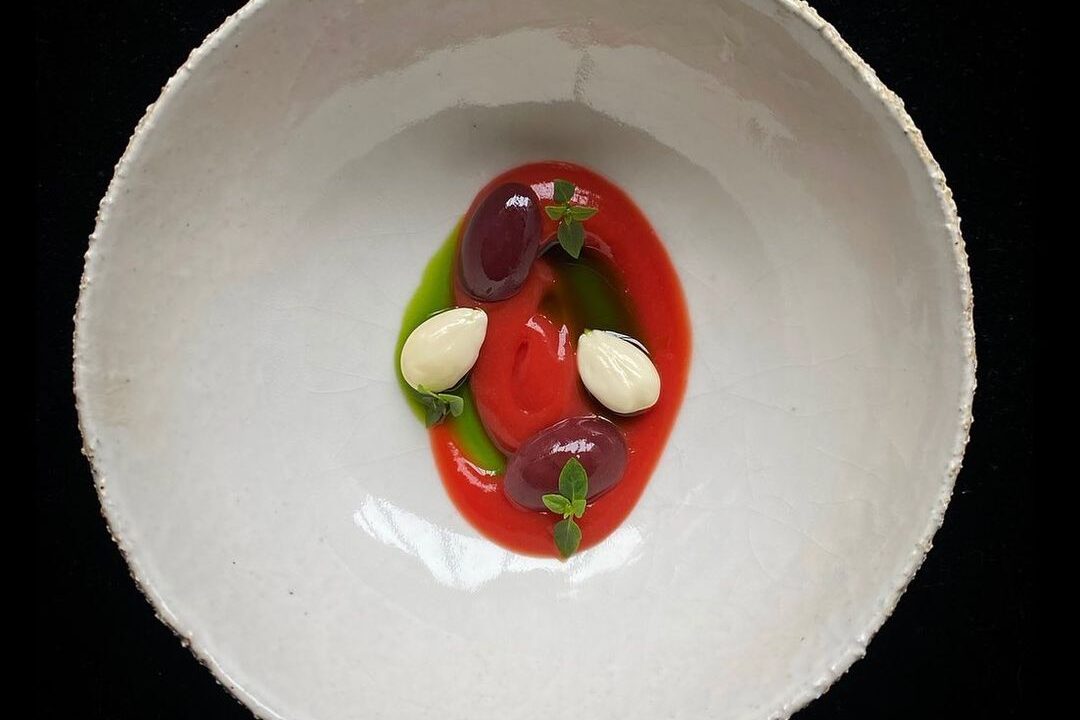
Confit means long and tasty
In fact, the confit method has its roots in France (confire – to conserve). It consists of long cooking in fat, oil, or syrup. It differs from frying in temperature; here the processing takes place at about 70-80°C. For confit, you can use, for example, goose fat, duck fat, rapeseed oil, coconut oil, also unrefined, high-oleic sunflower oil, and clarified butter.

The most famous dishes
Traditional confit meats are primarily waterfowl, such as goose, duck, and pork. This method is also commonly used to make duck gizzards. Although meats other than waterfowl are often cooked using this process, they are not classically considered true preserves. The French define only duck and goose preserves as true preserves; other meats cooked in duck or goose fat are considered en confit. For example, chicken cooked in goose fat is called poulet en confit. Pork is typically preserved and shredded to make rillettes.
The most famous example is confit de canard. These are duck thighs, previously marinated in salt with the addition of selected spices, then dipped in duck fat (so that they were all covered with it) and cooked at 90 degrees for several hours. The meat will become tender and come off the bone easily. You should fry the meat in a pan before serving.
The original purpose of this method was to store food products. After sealing it tightly, you can store meat in solidified fat in a dark and dry place for several months.

Innovative approach and tips
However, apart from the restrictive approach of the French, you can confit much more, but it is important to properly prepare the product beforehand.
Before confitting delicate fish, sprinkle them with salt and sugar and set them aside for an hour so that they do not release water during cooking, which can lower the temperature of the oil.
The best product is meat, thanks to low-temperature cooking, the meat is very tender, and soft and does not change its taste during processing. The whole process is due to the fat, which is a kind of barrier for the products so that all the juices do not escape.









Post a comment